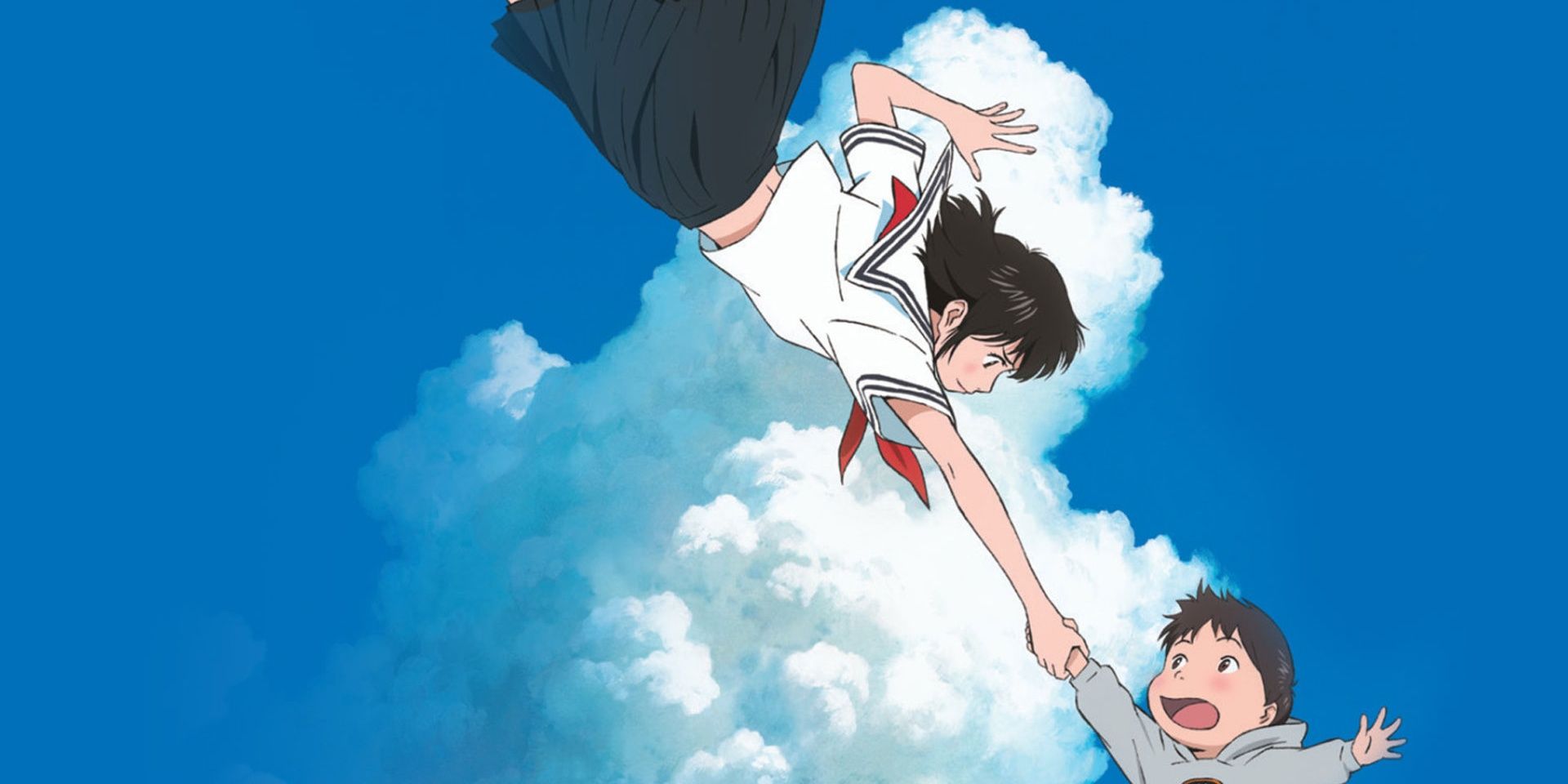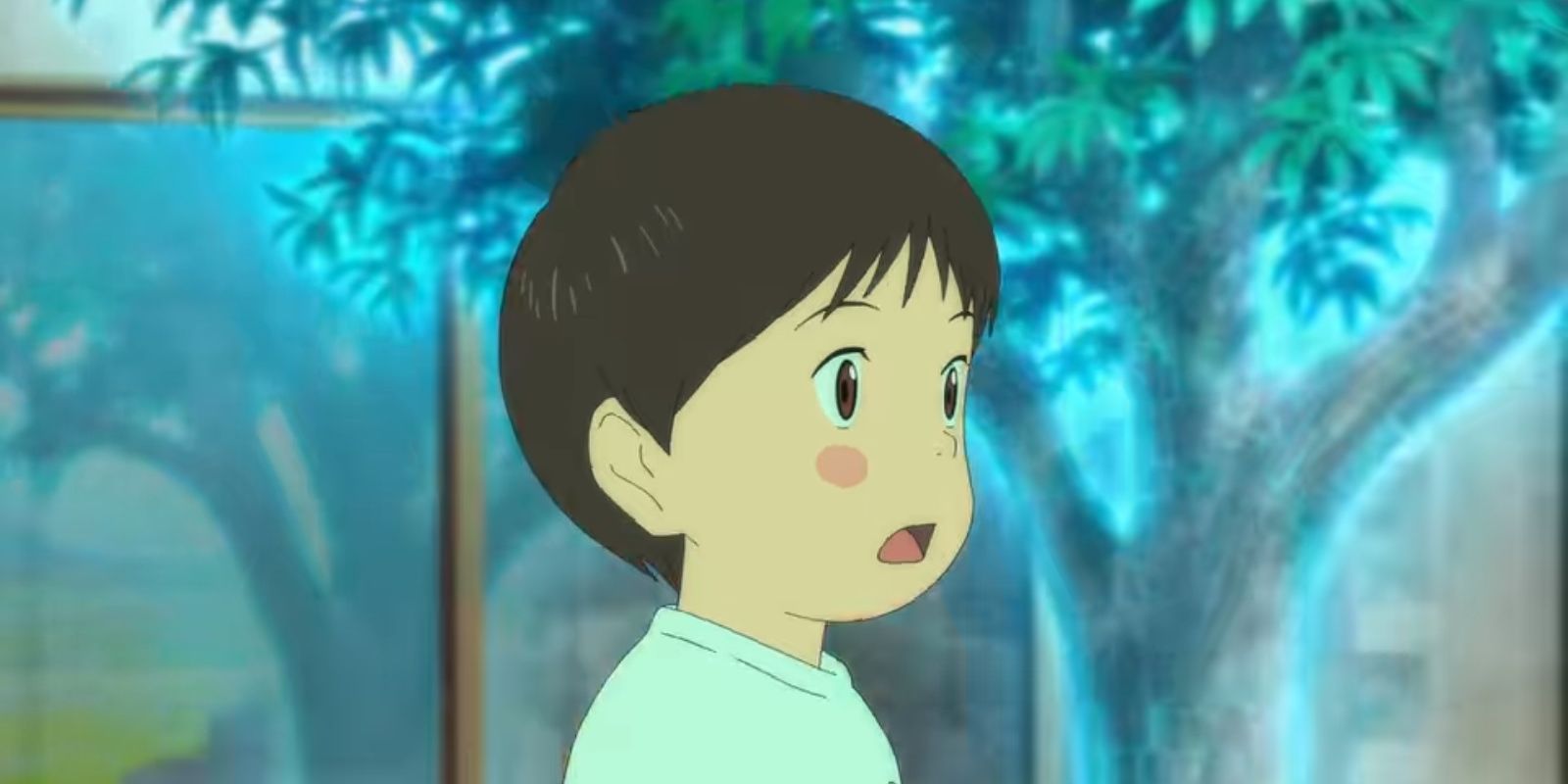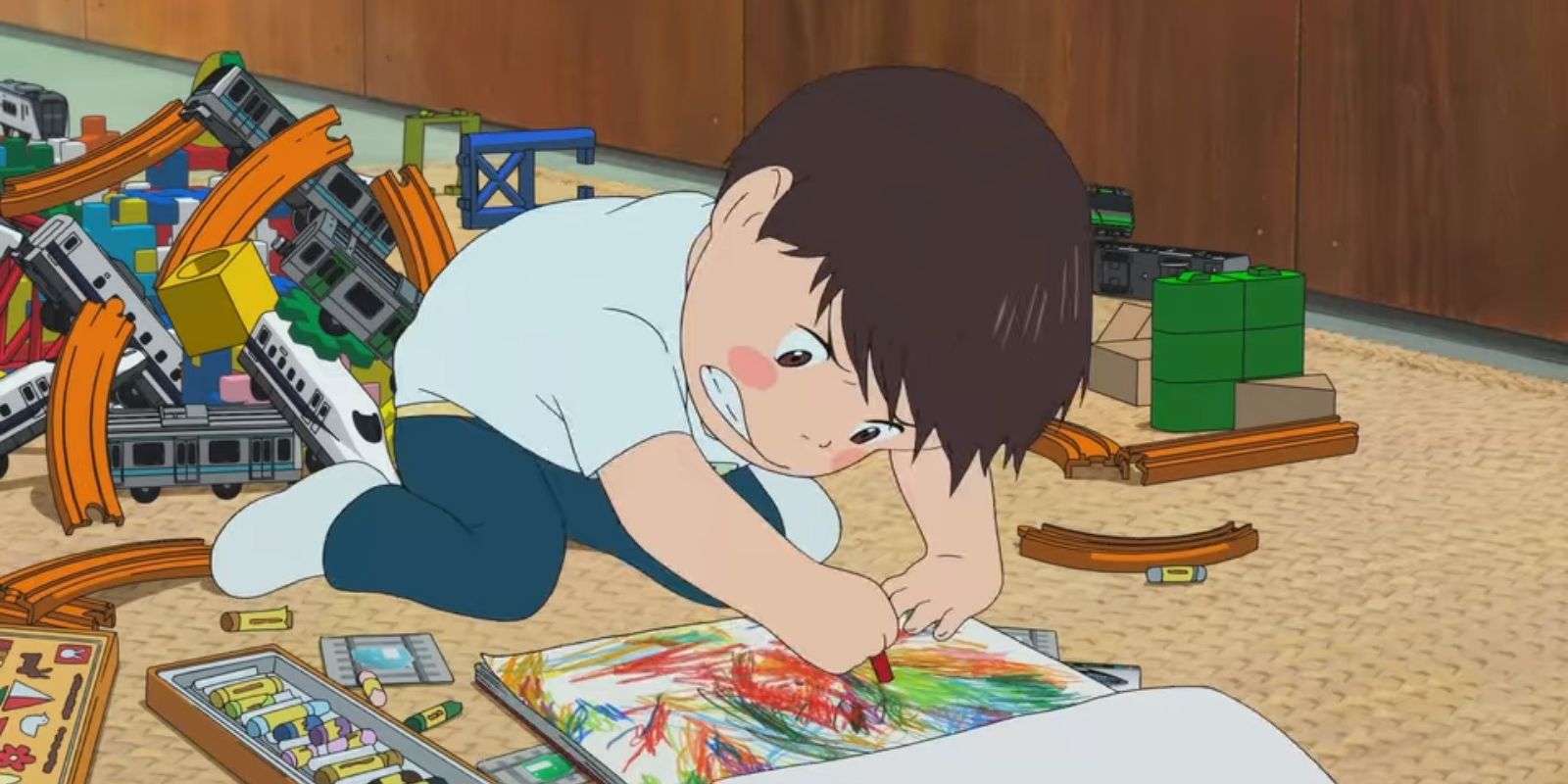Among the ranks of anime auteur film directors, Mamoru Hosoda is in the top tier of producing prolific heartwarming stories with equally visual aesthetics. Some of his prominent titles include The Girl Who Leapt Through Time and Wolf Children.
Hosoda dabbled again with the concept of time-travel in his latest film Mirai to deliver an intimate and personal journey of childhood and family. Although the film lacks some of his usual dramatic storytelling conventions, Mirai became the first non-Ghibli anime film nominated for the Best Animated Feature Oscar in 2019, and is now available to stream on Netflix. With a new platform to expand viewership, audiences can discover or rediscover this flawed but often wonderful film.
Mirai centers on 4-year-old Kun Oota who has lived a spoiled carefree life as an only child until the arrival of his new baby sister. No longer the center of his parent’s affections, Kun throws a series of tantrums that transports him through an imaginative fantasy across time to encounter an older version of his baby sister and members of his family’s past and future. With each magical adventure, Kun begins to explore his emotions and learns what it means to be an older brother in a growing family.
THE STRENGTHS
Mirai successfully captures a child’s perspective. By centralizing the setting to Kun’s house, we realize the house is his world. His growth is visually propelled by stunning metaphorical fantasies, but they take place in the safety of his home in reality — emphasizing self-growth happens in everyday increments rather than one life-changing event. To Kun, the mysterious tree in the garden is a gateway into his imagination, showing how a child’s mind can broaden any mundane space.
Hosoda pays attention to highlight themes of family connections. Home and the tree become a place to share stories about family, a place where a family can continue to grow. The tree thus connects Kun to the past of his mother and great grandfather like future Mirai states: “These little things all come together to make up who we are today. Everyone in our family is a result of these moments.”
Ironically, for all its extraordinary fantasy sequences, the aspect that makes Mirai stand out is its realistic portrayal of a small family living their everyday lives. From Kun’s perspective, we understand his initial curiosity meeting baby Mirai and his fascination with playing with her. We understand his later bouts of jealousy and antics for attention and relive our childhood through him.
We see Kun’s parents struggle with everything from household chores to childcare, and while it's clear they aren’t perfect, their intent is clearly good. The film reaffirms the beauty of individualistic family quirks and treasures the early years of raising children no matter how chaotic.
THE FLAWS
Compared to Hosoda’s other films, the plot is very simplistic. It’s obvious to viewers that Kun will inevitably assume the role of an older brother and accept Mirai. Although the time-traveling future Mirai adds an interesting layer to the story, the film’s message about family and connections can easily be told without her. Her role is minuscule in the grand scheme, as she only serves to reaffirm Kun and Mirai’s future amicable sibling relationship.
Some parts of the film are frustrating, for both younger and older audiences. The life lessons Kun learns in his time trips are meaningful, and adults can appreciate them because they’ve already internalized and experienced them. However, those messages may not translate the same for children and come off as a little patronizing. For older viewers, Kun’s behavior is overwhelming. Half of this movie follows his amazing adventures, but the other half comprises of Kun’s massive tantrums, which can becoming grating taking up so much of the movie.
OVERALL
Hosoda presents a personal story with Mirai that any parent or sibling can relate to, with plenty of spectacle included. The movie is less melodramatic than his previous films, but abundant with precious intimate moments in every family that leaves audiences with a satisfactory optimistic ending.
The film beautifully explores how Kun internalizes the world around him, as simple things can be an adventure or a daunting challenge in life. It leads viewers to appreciate Kun’s growth because a child’s development isn’t singular. Kun’s story connects him to his family history, and as viewers, his story is now intertwined with ours.




